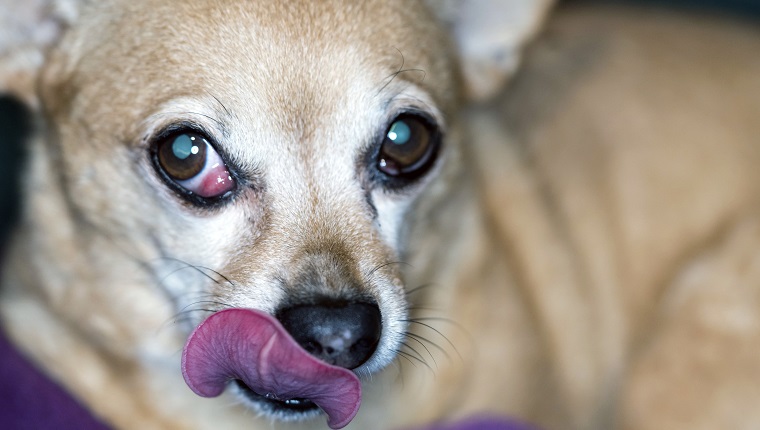Cherry eye in dogs happens when the nictitans gland, which normally sits behind your dog’s third eyelid, prolapses, meaning it moves out of place. A dog’s third eyelid protects their eyes, but sometimes the gland behind the eyelid can become irritated and pop out.
Veterinarians aren’t sure of an exact cause of the condition, but we do know that some breeds, like Cocker Spaniels…







